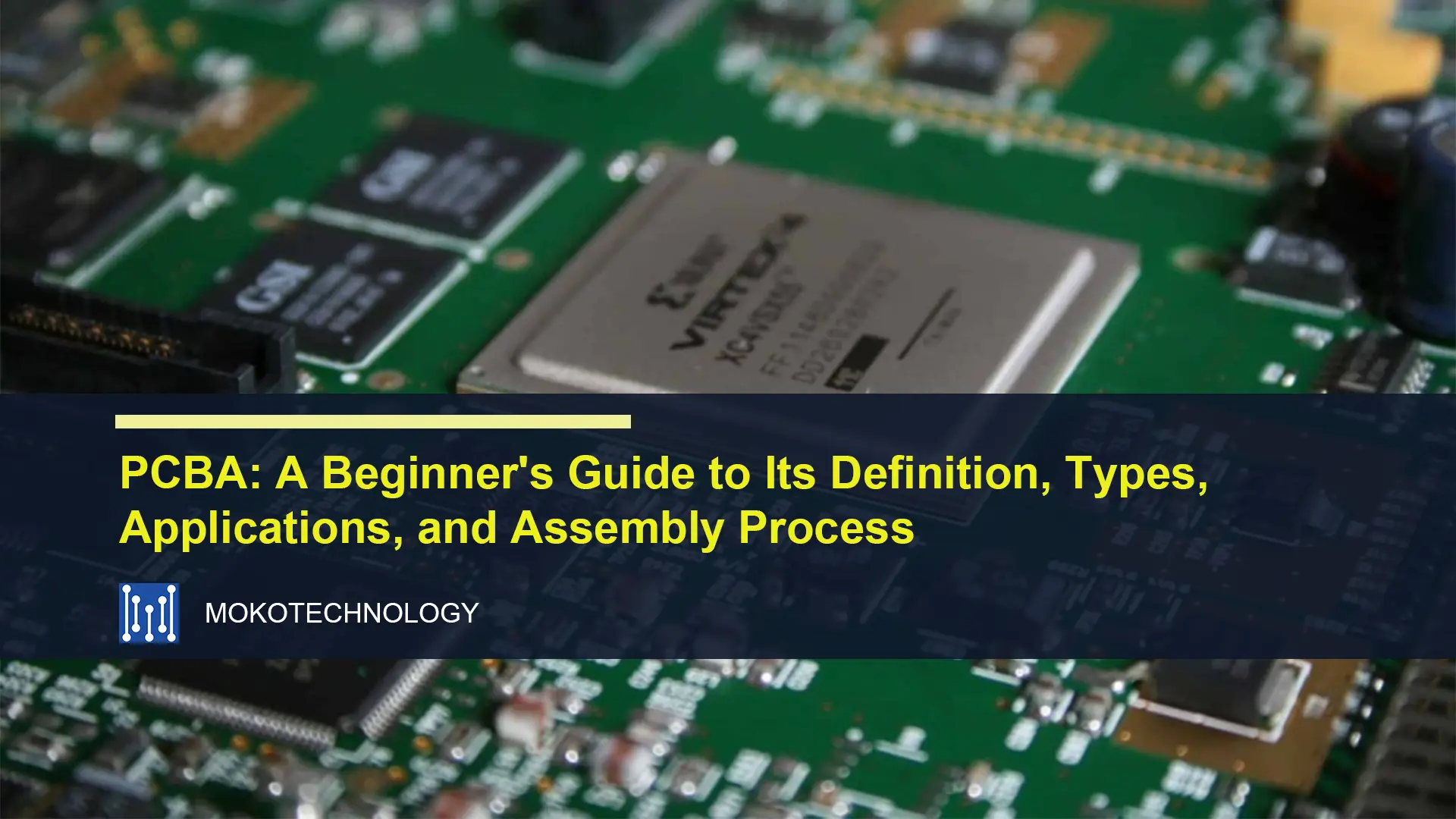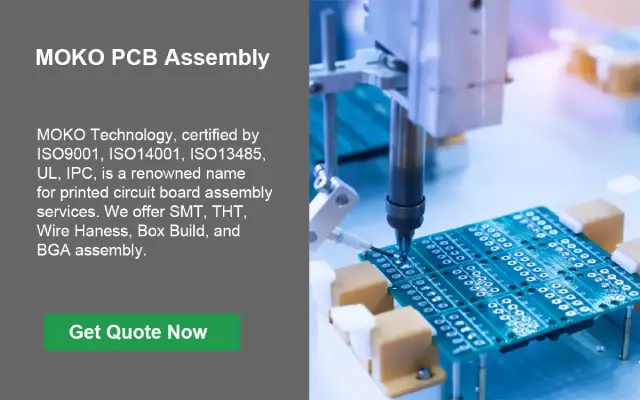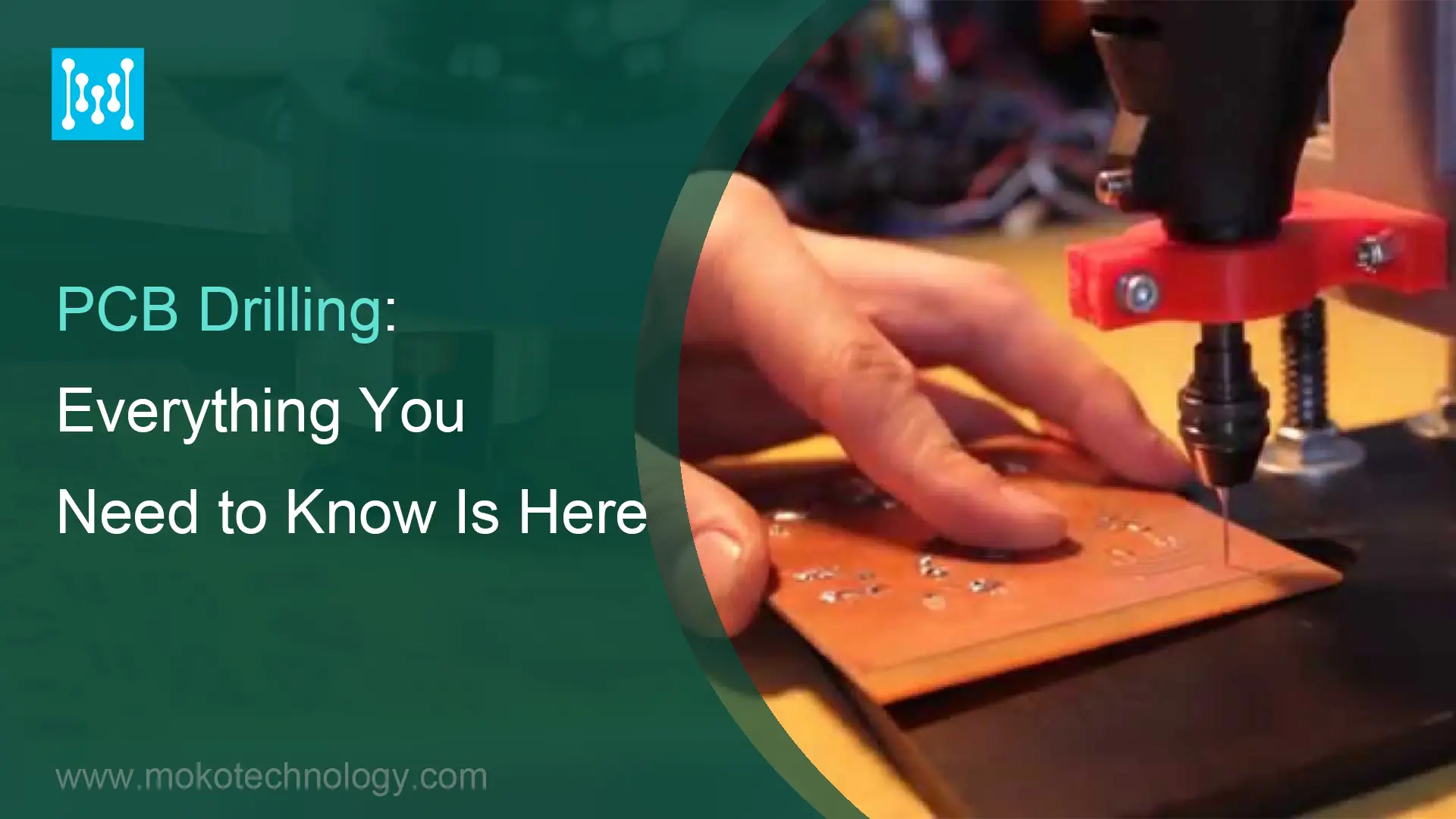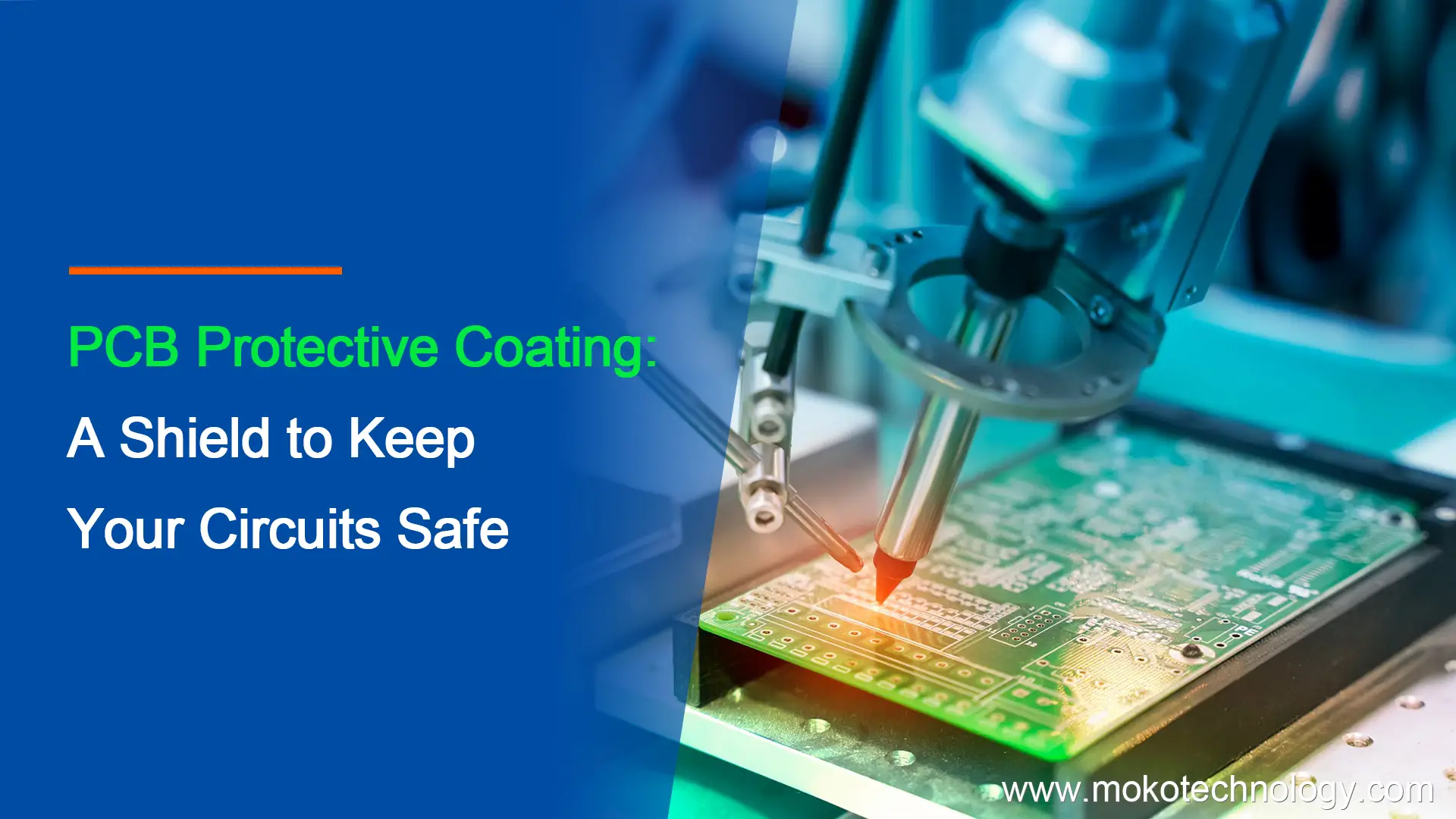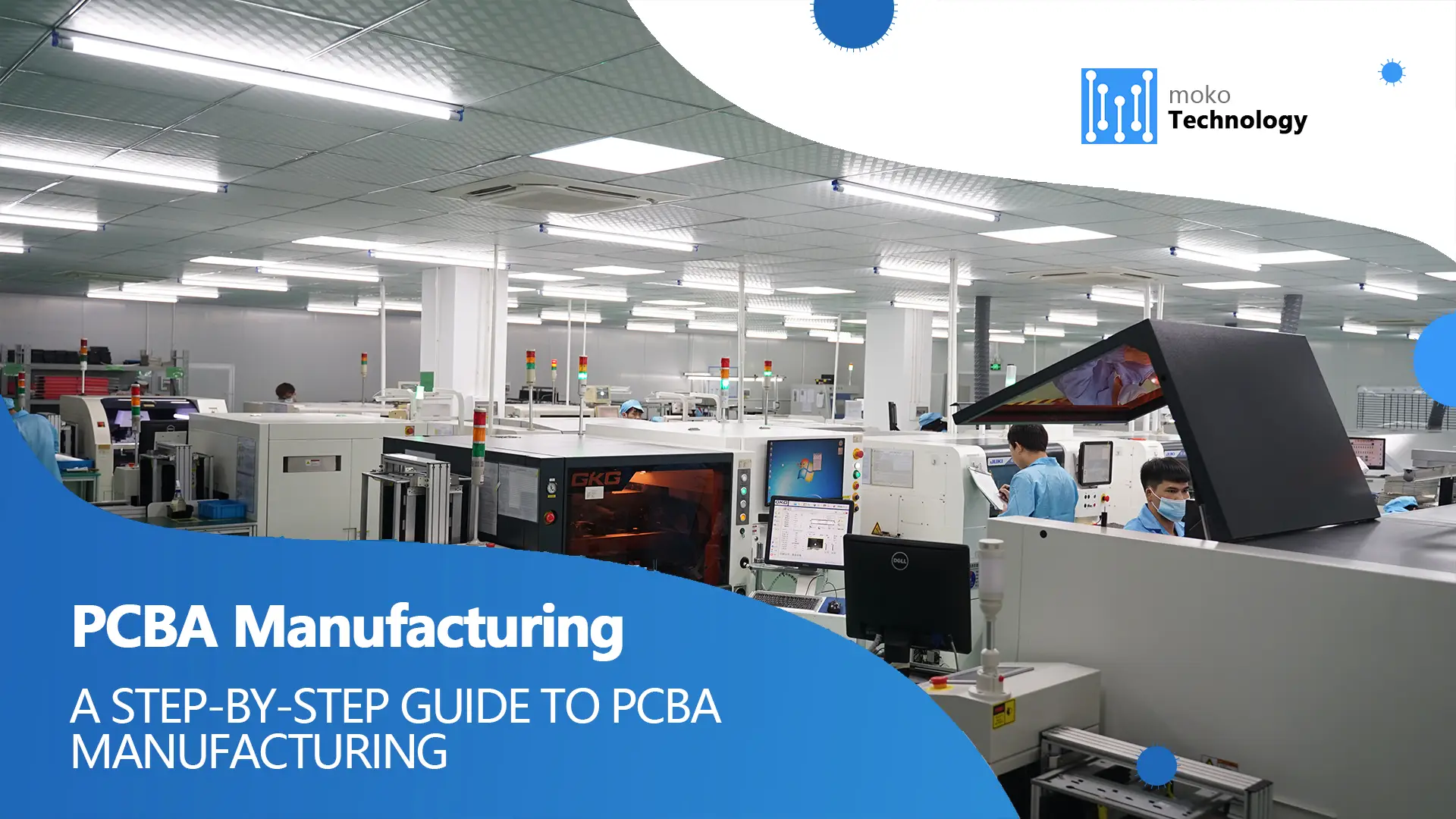PCBA stands at the heart of modern electronic devices, all the compact, efficient, and reliable electronic products we use today rely on it. But for some novices, they don’t know much about PCBA, so we decided to write an article like this to comprehensively introduce PCBA including its definition, types, production process and applications, etc.
What is PCBA?
PCBA, or Printed Circuit Board Assembly, involves the comprehensive process of mounting a range of electronic components onto a PCB (Printed Circuit Board) to create a fully functional circuit board. This assembly integrates various common electronic components such as diodes, transmitters, capacitors, resistors, and integrated circuits (ICs), among others. The particular components selected for assembly on the PCB are determined by the desired functionality of the final product.
Difference between PCBA and PCB
PCB and PCBA are two terms that look very similar, and beginners in the electronic industry often feel confused about them. So what’s the difference between PCB and PCBA? A PCB serves as the foundational platform, comprising the non-conductive substrate and conductive pathways that electrically connect various components, but without any electronic components attached. It is essentially a blank board waiting for the addition of components. PCBA, on the other hand, represents the next step in the manufacturing process, where electronic components like resistors, capacitors, and integrated circuits are soldered onto the PCB, making it a fully assembled and functional circuit board ready for use in electronic devices.
To learn more about their differences, read the blog: PCB vs PCBA: What’s the Difference?
Types of PCBA Technologies
There are two commonly used PCB assembly technologies:
Surface-Mount Technology(SMT)
It is a technology that mounts electronic components on the surface of a PCB directly. SMT is suitable for assembling tiny and sensitive components such as transistors onto the circuit board. This technology helps to save more space as there is no need to make drilling that also benefits to speed up the production progress. In addition, by applying surface-mount tech, the electronic components can be assembled on the surface closely, so both sides of the PCB can be utilized.
Further reading: Surface Mount Technology (SMT): What Is It? How It Works?
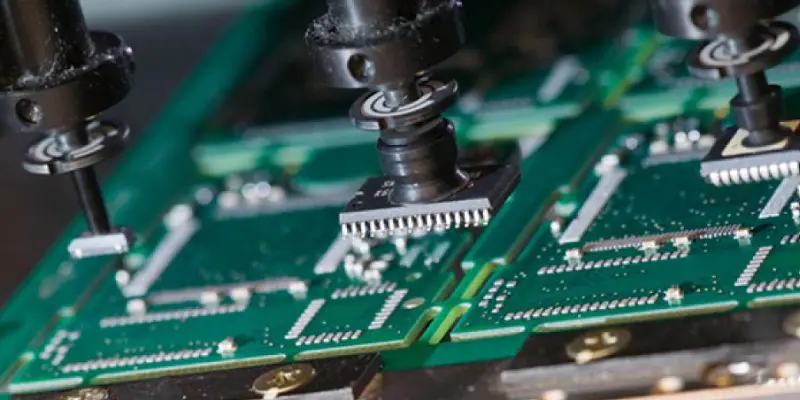
Through-Hole Technology(THT)
Another method is Thru-Hole Technology, which is used by people earlier than SMT. THT is a technology that the electronic components are plugged into the circuit boards through holes, and manufacturers need to solder the extra part of wire on the board. It takes more time than SMT, but it still has some advantages. For example, by using through-hole technology, the electronic components are bonded to the board strongly. Therefore, this technology is suitable for large electronic components such as coils and capacitors, which can withstand high power, high voltage, and mechanical stress.
Further reading: Through Hole Vs. Surface Mount: How to Choose the Right Method
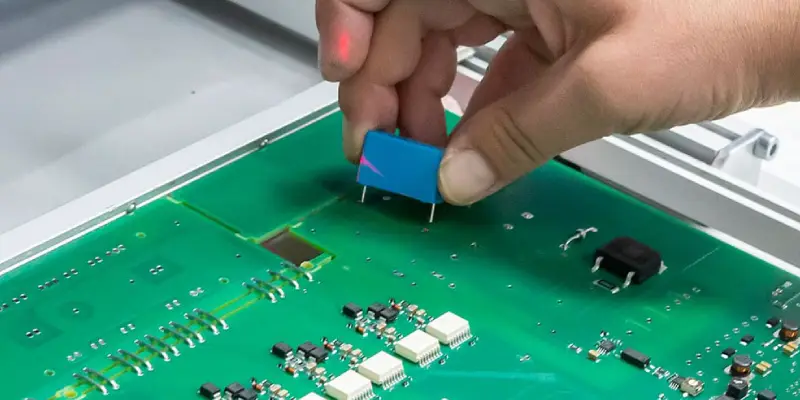
Steps Involved in PCBA Manufacturing Process
The PCBA manufacturing process involves several crucial steps to assemble a functional printed circuit board:
- Solder Paste Stenciling: The process begins with applying solder paste to specific areas of thecircuit board where components will be assembled. This paste is a mixture of tiny metal balls, predominantly tin, with small amounts of silver and copper, mixed with a flux to help it melt and bond to the board.
- Pick and Place: Electronic components and Surface Mount Devices (SMDs) are positioned on the board using either manual tweezers or automated machines, ensuring precise placement for optimal functionality.
- Reflow Soldering: The board, now with components placed, undergoes reflow soldering in a conveyor belt-operated oven that heats up to 250°C to melt the solder paste, securing the components upon cooling.
- Inspection and Quality Control: Post-reflow, the board is inspected for any connection issues or flaws, ensuring all components are correctly and firmly attached.
- Insertion of Through-Hole Components: Depending on the PCBA’s requirements, through-hole (PTH) components may be added. These components require holes in the PCB to facilitate signal transmission across layers and are soldered using specialized methods.
- Manual and Wave Soldering: Manual soldering is used for individual PTH component insertion, a time-intensive process. Alternatively, wave soldering, an automated method, passes the board through molten solder to secure the components. However, wave solderingis generally unsuitable for double-sided PCBs.
- Testing and Final Inspection: The final step involves thorough functional testing under operational conditions (varying voltages, signals, and currents) to detect any performance issues.
To learn more about the PCBA manufacturing process, please check out our other blog: PCBA Manufacturing: A Step-by-Step Guide
Uses and Applications of PBCA
The integration of PCBAs into products allows for sophisticated functionality, miniaturization, and high reliability. Below are some of the primary uses and applications of PCBA:
- Consumer Electronics: PCBA is fundamental to virtually all consumer electronic devices, such as smartphones, tablets, televisions, and home appliances. These assemblies make it possible to design compact, efficient, and feature-rich gadgets.
- Computing and Networking: Computers, servers, routers, and switches rely on PCBAs for their operation. High-performance computing systems use complex PCBAs to manage data processing and connectivity, ensuring fast and reliable access to information.
- Automotive Industry: Modern vehicles are equipped with numerous electronic systems for navigation, infotainment, engine management, safety (like airbag controllers), and comfort (climate control), all of which use PCBAs. The automotive industry’s push towards electrification and autonomous driving is further increasing the demand for sophisticated PCBAs.
- Industrial Applications: In the industrial sector, PCBAs are used in machinery control systems, robotics, and automation technology. They are essential for sensors, actuators, and the complex control systems that manage industrial processes and machinery.
- Medical Devices: From wearable health monitors to advanced diagnostic imaging equipment like MRI machines, PCBA is at the heart of medical technology. These applications demand high reliability and precision, often with strict regulatory requirements for safety and efficacy.
Key Considerations When Choosing PCBA Manufacturer
- Technical Proficiency
Ensuring the chosen PCBA manufacturer possesses the technical expertise to accommodate your project’s specific requirements is crucial. This encompasses their proficiency in handling diverse PCB technologies like through-hole and surface-mount, as well as their capability to manage various components and materials. Additionally, their production capacity and any supplementary services they provide, such as prototyping or testing, should also be considered. - QualityAssurance
The quality of PCBA is crucial. When choosing a PCBA manufacturer, you need to evaluate whether they follow industry standards, whether they have obtained certifications such as ISO9001, and whether they have a strict quality control system. - Pricing
While quality and capabilities are paramount, the cost implications of the PCBA production cannot be overlooked. It’s vital to find a manufacturer that offers competitive pricing and qualified products at the same time. - Production Timeline
The timeframe required to manufacture the PCBA is another critical aspect. It is important to partner with a manufacturer who can align with your timeline expectations, ensuring timely delivery of quality PCBAs.
Work with MOKO Technology for Your PCBA Project Success
As a leading PCBA manufacturer in China, MOKO Technology is dedicated to delivering high-quality circuit boards at competitive prices, with a commitment to transparency and no hidden fees. We are proficient in different PCB assembly technologies, and our state-of-the-art facility is designed to accommodate the diverse needs of our clients. We have a stringent quality control process to ensure the quality of each PCBA. Reach out to us to start your PCBA project now!
